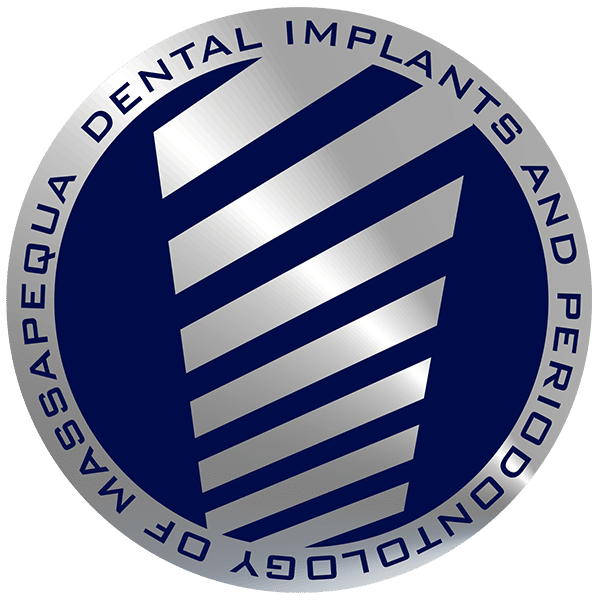
When it comes to replacing missing teeth, dental implants are widely regarded as one of the most effective and durable solutions available. Unlike dentures or bridges, dental implants are surgically placed into the jawbone, serving as a strong and stable foundation for replacement teeth. They are specifically designed to look, feel, and function just like natural teeth, allowing patients to chew, speak, and smile with confidence.
Beyond aesthetics, dental implants also play a critical role in maintaining oral health by preventing bone loss in the jaw and preserving the structure of surrounding teeth. But how exactly do dental implants work, and what makes them so effective? This post will break down the process in detail, from the initial consultation and implant placement to the final crown restoration, helping you understand how dental implants restore smiles, improve functionality, and boost confidence for the long term.
The Components of a Dental Implant
A dental implant consists of three key components that work together seamlessly to mimic the structure and functionality of a natural tooth. Each part plays a vital role in ensuring the implant is strong, durable, and aesthetically pleasing:
- Titanium Implant Post. The implant post is a small screw made of biocompatible titanium, a material widely recognized for its ability to integrate with human bone tissue without causing adverse reactions. This post is surgically inserted into the jawbone, where it gradually bonds with the bone through a process called osseointegration. Acting as the root of the artificial tooth, the implant post provides a stable and secure foundation, ensuring the implant remains firmly in place, even during activities like chewing or speaking.
- Abutment. Once the implant post has successfully fused with the jawbone—a process that can take several weeks or months—an abutment is attached to the top of the post. The abutment acts as a connector, linking the implant post to the dental crown. Typically made of metal or ceramic, the abutment is designed to be durable while also ensuring a snug and precise fit for the crown. This intermediary piece ensures that the entire dental implant system functions as a cohesive unit.
- Dental Crown. The crown is the visible part of the dental implant that resembles and functions like a natural tooth. It is custom-made from durable materials such as porcelain or ceramic to match the color, shape, and size of the surrounding teeth. The crown not only restores your smile but also enables you to bite and chew food just as you would with a real tooth. Modern crowns are designed with advanced techniques to ensure a lifelike appearance, blending seamlessly with your natural teeth for an aesthetically pleasing result.
Together, these components ensure that dental implants are not only strong and functional but also a long-lasting and natural-looking solution for replacing missing teeth. Beyond aesthetics, dental implants help maintain the overall health of your mouth by preventing bone loss in the jaw and preserving the alignment of neighboring teeth. This makes them a popular and effective choice for restoring both confidence and oral health.
The Process of Getting Dental Implants
The dental implant treatment process is methodical and carried out in multiple steps to ensure safety, precision, and long-lasting results. Here is a step-by-step overview of what to expect:
- Consultation and Evaluation. Your dentist or periodontist will first conduct a thorough evaluation of your oral health. This includes reviewing your medical history, taking dental X-rays, and assessing the condition of your jawbone. Proper jawbone density is crucial for supporting the implant, and if needed, a bone graft may be performed to ensure a stable foundation.
- Surgical Placement of the Implant Post. During the first procedure, the titanium implant post is surgically placed into the jawbone. This stage typically requires local anesthesia or sedation to ensure patient comfort. Following surgery, the implant will need to fuse with the jawbone through a process called osseointegration, which can take several months.
- Attaching the Abutment and Crown. Once the implant has fully integrated with the jawbone, the abutment is placed on top of the implant to connect it to the crown. The custom-designed crown is then secured in place, completing the process. The result is a fully functional and natural-looking replacement tooth.
The Benefits of Dental Implants
Dental implants offer a host of benefits, making them a preferred choice for tooth replacement:
- Durability and Longevity. With proper care, dental implants can last a lifetime, providing a permanent solution to tooth loss.
- Improved Functionality. Implants restore your ability to bite, chew, and speak effectively without slipping or discomfort, unlike traditional dentures.
- Bone Preservation. By stimulating the jawbone, dental implants prevent bone loss that typically occurs after tooth loss, helping maintain facial structure.
- Aesthetic Appeal. Designed to look and feel like natural teeth, implants provide a seamless and highly attractive smile.
- Enhanced Confidence. Dental implants restore not just your teeth but also your confidence, enabling you to smile freely and interact without hesitation.
Frequently Asked Questions About Dental Implants
What is the success rate of dental implants?
Dental implants have a success rate of approximately 95-98%, making them one of the most reliable options for tooth replacement. Success largely depends on proper placement, aftercare, and oral hygiene.
Are dental implants painful?
The procedure itself is typically performed under local anesthesia or sedation, ensuring a pain-free experience. Mild discomfort is common during recovery, but this can be managed with prescribed pain medication.
Restoring Smiles, One Implant at a Time
Dental implants are a sophisticated and effective solution for patients seeking to replace missing teeth and regain their smile. Their durability, functionality, and natural appearance make them a reliable option for restoring both oral health and self-confidence.
If you're considering dental implants and want an experienced, patient-focused team to guide you through the process, visit Dental Implants and Periodontology of Massapequa. Contact us today to schedule a consultation and take the first step towards a healthier, brighter smile.
At Dental Implants and Periodontology of Massapequa, we specialize in providing personalized and expert care to patients in need of dental implants and periodontal treatment. To learn more about our services and schedule your appointment, contact us.
